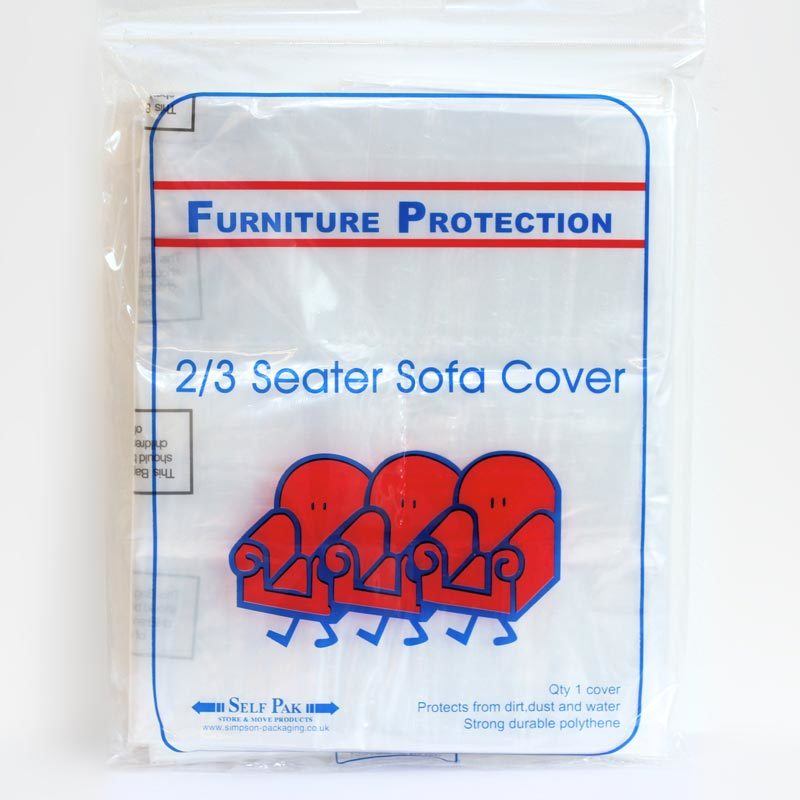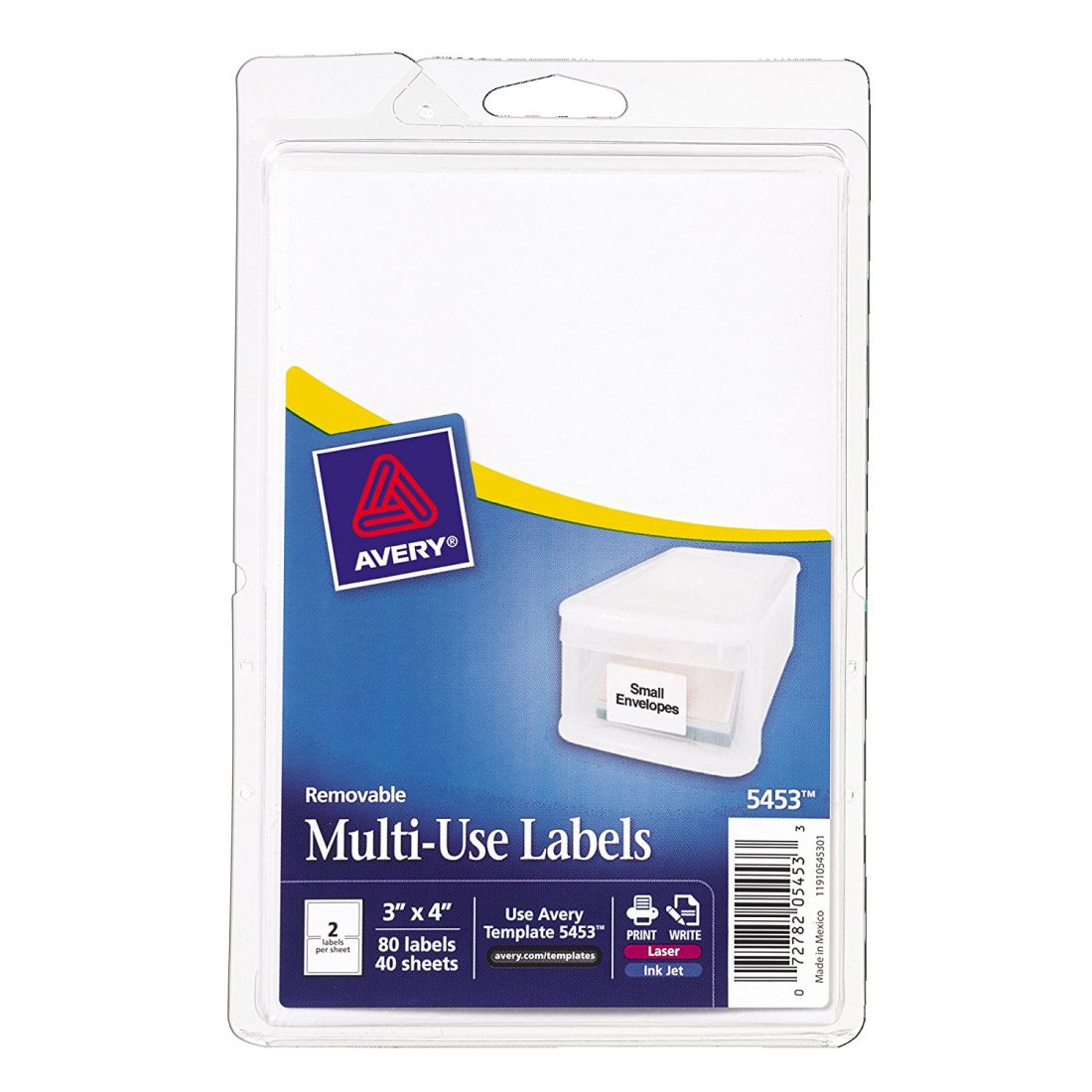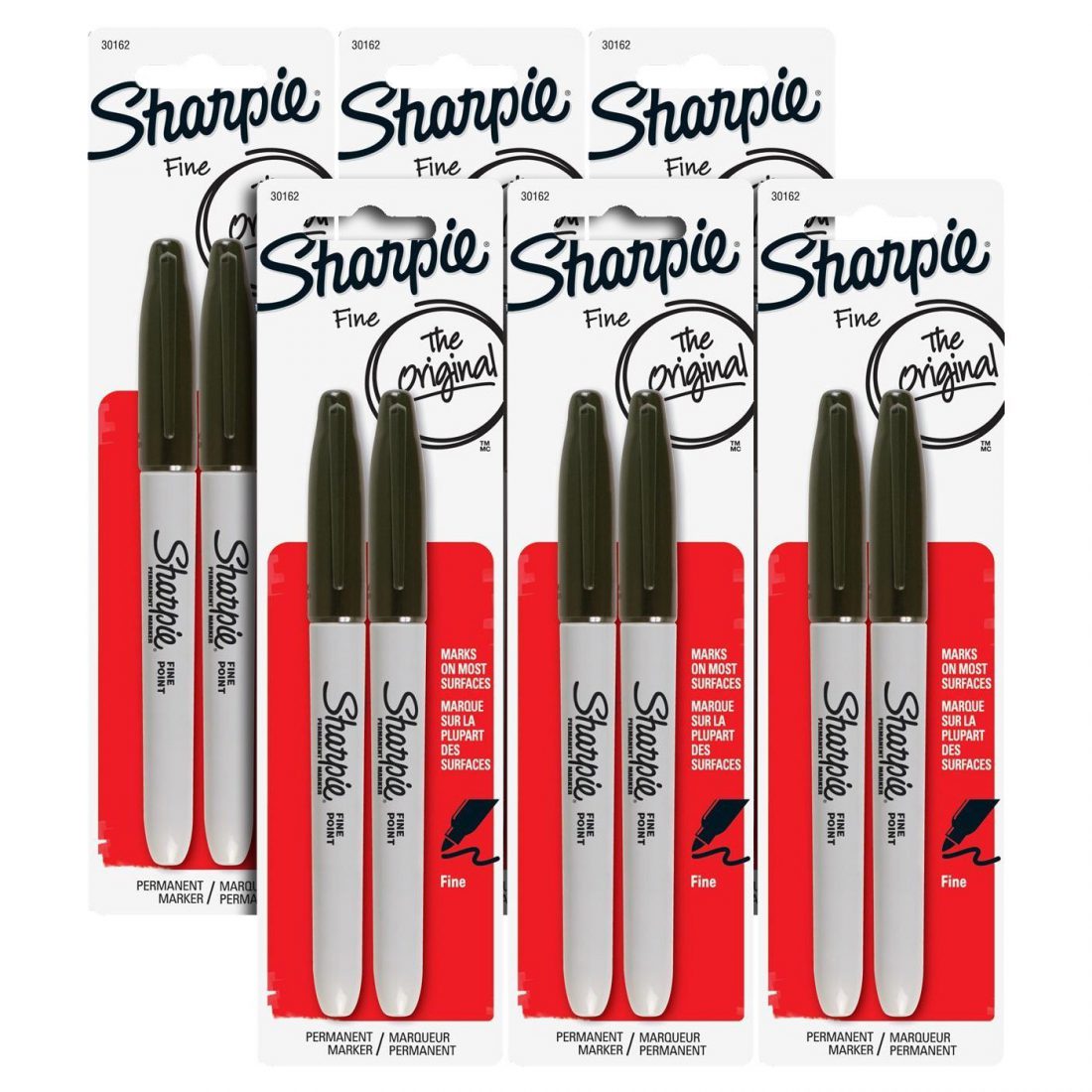You’ve got a house or apartment full of chairs, sofas, bed and what-not but you’ve got to store it. You’ve secured a self-storage unit, so what do you do?
Throw it all the furniture into the unit, books piled on top of chairs slug next to boxes without any sort of plan? No, a thousand times no!
You have made an excellent decision to store your belongings in a well-secured self-storage unit. But that’s far from the end of your task. You need to develop a plan for how to store your items and organize them.
Otherwise, when you return to your self-storage unit in a few weeks to retrieve your possessions, you could find your treasured Scandinavian white-leather couch covered in mildew. (Especially if you opted for a unit in a facility that does not have climate-controlled units.) Or, maybe you won’t be able to find those Jimmy Choo pumps you swear you put in a box.
For starters, invest in some high-quality covers or bags for storing furniture. When it comes to covers, thick plastic may seem like the best solution. But some of your expensive living-room set pieces need to breathe. Instead of plastic, get some cotton covering, sheets or wraps.

Other types of sofas can be covered with plastic, however, especially if you cover the piece with enough openings to allow air to flow in and out.
Next, you need to buy some bubble wrap. This may seem like a no-brainer, but you’d be surprised. Remember the example of the guy who threw all of his furniture into the storage unit as fast as he could without a plan of what should go where? Well, that’s the not the only way your stuff could get dinged, chipped or outright broken.
Bubble wrap can help protect pieces in places where you didn’t even realize they were bumping up against each other. When it comes to storage units, always remember that you can never have enough bubble wrap.

Let’s not forget the labels. Buy an electronic label-maker if you wish, but a few stacks of plain-white adhesive labels and a couple of Sharpie markers works just as well. Get a handle of what exactly you want to be in easy reach and what’s not as important, then get to labelling. Make sure you don’t accidentally stick a label on the front of your new LCD flat-screen TV. Joking aside, this should be a fairly common-sense task for labelling what you have put in what box. And maybe you need to remind yourself that when you lift up a certain bookcase, that a certain shelf tends to slip out of its slats.

You will thank yourself in a few months for the helpful labelling when you come back and can easily find the scarves or jewelry or important tax documents that you stuffed in a box.
See that’s not so hard. And the little bit of time you’ve put into organizing your storage and protecting your furniture with the appropriate wraps and coverings will save you hours of frustration later.



